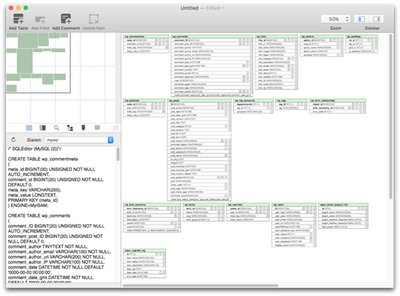

- Os xlog into user session update#
- Os xlog into user session full#
- Os xlog into user session windows 10#
- Os xlog into user session password#

To connect to a user session on a remote server, use the command: To show the list of sessions on a remote server, run the following command: The screen will display a list of RDP user sessions, their IDs and states: Active or Disconnected.
Os xlog into user session windows 10#
Let’s connect to the user session with the session ID 3:Īlso, to get a list of all RDP sessions on the server (or on the Windows 10 desktop to which multiple RDP connections are allowed), you can use the command: There are three active RDP user sessions on this server. Get-RDUserSession | ft Username, UnifiedSessionId, SessionState, HostServer, ApplicationType -GroupBy Sessionstate First of all, you need to get a list of sessions on the RDS host (user sessions will be grouped according to their state): You can also use the Remote Desktop Services Shadow features to connect to a user’s session from PowerShell. You can configure rules for remote shadow connections in the AD domain from the gpmc.msc console using the policy parameter described above, or by using Group Policy Preferences, which directly modify the registry parameter (the latter option allows you to more accurately target the policy to specific computers using the Group Policy Item Level Targeting).
Os xlog into user session update#
View Session without user’s permission ( 4).Īfter changing the session shadow behavior, update the Group Policy settings on the RDP/RDS host.View Session with user’s permission ( 3).
Os xlog into user session full#
Full Control without user’s permission ( 2).Full Control with user’s permission ( 1).No remote control allowed (corresponds to the value of the registry parameter Shadow = 0).This policy can be used to configure the following RD Shadow connection options:

This policy corresponds to the DWORD Shadow parameter under the registry key HKLM\SOFTWARE\Policies\Microsoft\Windows NT\Terminal Services (the values of this parameter corresponding to the policy settings are specified in brackets). The settings for remote connections to RDS user sessions are configured using the Group Policy parameter Set rules for remote control of Remote Desktop Services user sessions, which is located under the User and Computer sections of the GPO: Policies -> Administrative Templates -> Windows components -> Remote Desktop Services -> Remote Session Host -> Connections. Event ID 20504: Shadow View Session Stopped.Ĭonfiguring RDS Shadow Rules on Windows Using GPO.Event ID 20503: Shadow View Session Started.Event ID 20508: Shadow View Permission Granted.If you need to audit RDS shadow connection events for user sessions, use the following filtered events from the Microsoft-Windows-TerminalServices-RemoteConnectionManager/Operational log: Verify the configuration of the policy settings. If you attempt to connect to a user’s session without prompting for confirmation, you receive an error message: Shadow Error: The Group Policy setting is configured to require the user’s consent. You cannot use the tsadmin.msc graphical snap-in from Windows Server 2008 R2 for shadow connections to RDP sessions on newer versions of Windows Server. Administrators can delegate RDS Shadowing permissions to any user account, even for non-admins (more on this below). In addition, it is not necessary to have administrator privileges on the RDS host on this the user’s RDP session is running. Shadow sessions can be used to connect to user sessions on computers and servers in both an Active Directory domain and a workgroup.
Os xlog into user session password#
The user name and password are requested to connect to the remote computer.


 0 kommentar(er)
0 kommentar(er)
